You’ve likely seen professional golfers using both utility and driving irons, but as a beginner or intermediate player, you may be wondering what distinguishes the two. Understanding the differences between utility and driving irons can be crucial to optimizing your performance on the golf course. This guide will delve into the specifics, exploring the uses, design differences, pros, and cons of each.
The Role of Utility Irons
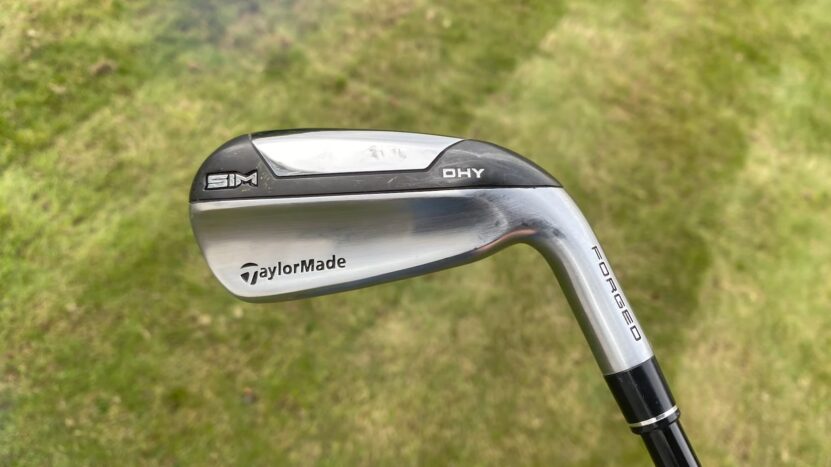
A utility iron, also known as a hybrid iron, serves as a versatile tool in a golfer’s bag. It’s designed for all-around performance, aiming to combine the distance of wood and the control of an iron. The utility iron comes in handy for long shots from the fairway, where distance and accuracy are needed, and for playing out of the rough, where wood might struggle.
The utility iron’s design offers a higher launch angle compared to traditional long irons, enabling golfers to get the ball airborne more effortlessly. This feature makes them particularly beneficial for players with moderate to slow swing speeds. The larger clubhead and wider sole of utility irons also improve playability from a variety of lies, granting players a broader range of shot-making options.
Moreover, utility irons are ideal for ‘rescue’ shots, thus earning them the name ‘rescue irons’ in some circles. Their design assists in extracting the ball from tricky situations, such as deep rough or fairway bunkers, where other clubs might falter. It’s their versatility and user-friendly nature that make utility irons a popular choice among amateurs and professionals alike.
Decoding the Purpose of Driving Irons
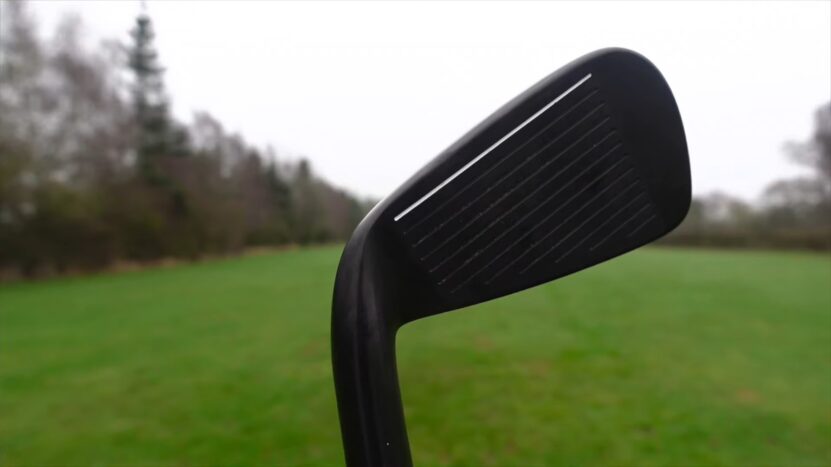
Driving irons, on the other hand, are designed for tee shots and long-distance fairway shots. They are particularly useful when accuracy is paramount, such as on narrow fairways or when the wind is strong. They offer a lower, more piercing ball flight than a driver or fairway wood, making them more controllable in adverse conditions.
With a compact clubhead and thinner sole compared to utility irons, driving irons are more challenging to use but can deliver greater distance when struck correctly. They’re generally favored by players with higher swing speeds, who can take advantage of their design to achieve maximum distance. For these players, driving irons offer a great balance of distance and accuracy.
Although these irons require a higher skill level to use effectively, they can be highly rewarding when mastered. Players with the ability to strike the ball consistently well can leverage the benefits of a driving iron to navigate challenging course conditions. Despite their complexity, driving irons are gradually making a comeback in many professional golfers’ bags.
Key Differences in Design and Construction
Now that we’ve decoded the purpose of each let’s delve deeper into the design differences between utility and driving irons. In terms of construction, utility irons usually have a wider sole, larger clubhead, and more offset than driving irons. These features contribute to their forgiveness and versatility, enabling players to get the ball airborne more easily.
Driving irons typically have a more compact design, with a thinner sole and less offset. This results in a lower trajectory and the potential for more distance, but it also requires more skill to use effectively. The more traditional shape of a driving iron appeals to golfers who prefer a clean, minimalist look at the address.
Materials used in construction also differ. Utility irons often utilize a multi-material design to redistribute weight and increase forgiveness, while driving irons usually feature solid steel construction for enhanced feel and control. Both types of clubs may incorporate technology such as speed pockets or hollow construction to maximize ball speed and distance.
Loft and Distance Variations: Utility vs Driving Irons
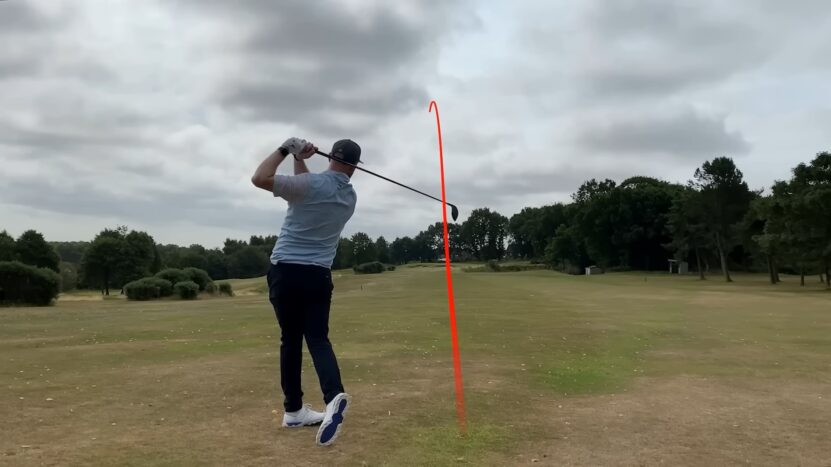
The loft of a club determines the launch angle and spin rate of the golf ball, thereby influencing distance and trajectory. Utility irons typically have higher lofts compared to driving irons, resulting in higher launch angles and more backspin. This helps players get the ball in the air more easily, which is particularly beneficial for those with slower swing speeds.
Driving irons, with their lower lofts, produce a more penetrating ball flight and typically greater distance. This lower trajectory also makes them more effective in windy conditions, as the ball is less likely to be blown off course. However, this additional distance and control come at the cost of requiring a higher skill level to use effectively.
The choice between a utility and a driving iron, therefore, comes down to a player’s ability and preferred ball flight. Those seeking more lift and easier playability will lean towards utility irons, while those with the skill to manage a lower, more controlled flight might opt for driving irons.
Comparing Forgiveness and Accuracy
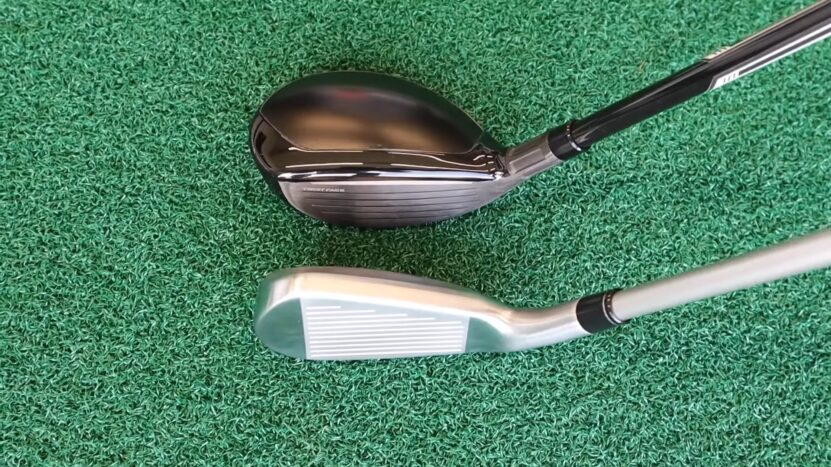
When we talk about forgiveness in golf, we refer to a club’s ability to produce good results even on off-center hits. Thanks to their larger clubhead and wider sole, utility irons generally offer more forgiveness than driving irons. Their design reduces the impact of mishits, making them a safer choice for players with inconsistent swings.
Driving irons, on the other hand, provide less forgiveness but offer more accuracy for skilled players. Their smaller clubface demands a cleaner strike, but when achieved, it can deliver impressive accuracy and control. It’s a classic trade-off situation: utility irons for forgiveness and ease of use or driving irons for precision and potential distance gains.
This comparison again underlines the importance of matching the club choice to the golfer’s skill level. Novice and intermediate golfers, who are still developing consistency in their swings, would typically benefit more from the forgiving nature of utility irons. More experienced golfers, who can regularly strike the ball cleanly, can capitalize on the accuracy offered by driving irons.
The Role of Shot Shaping and Workability
The concept of workability revolves around the golfer’s ability to manipulate the ball flight—whether it’s hitting a high fade, a low draw, or any shot in between. When discussing workability, the compact design of a driving iron grants more control to shape shots compared to a utility iron.
Driving irons, with their solid construction and smaller clubhead, provide more feedback to the player, making it easier to shape shots and adjust trajectory as needed. They cater well to accomplished golfers who enjoy the challenge and flexibility of shaping their shots based on course conditions and strategic requirements.
On the contrary, utility irons, with their emphasis on forgiveness and higher launch, offer less workability. However, this isn’t necessarily a disadvantage. For golfers who prefer a straight, high flight or those who are still honing their skills, the user-friendly nature of utility irons can be a significant benefit.
Evaluating Performance on Different Course Conditions

How a club performs under different course conditions is a crucial factor to consider when choosing between a utility and a driving iron. Utility irons, with their higher launch and greater forgiveness, generally perform better in rough conditions or from tricky lies. They’re also a safe choice for courses with lots of hazards or tight fairways, where accuracy is at a premium.
Driving irons excel in windy conditions thanks to their lower, more piercing ball flight. They’re also effective on fast, firm courses where the added roll can lead to significant distance gains. However, they require more skill to use effectively from difficult lies or thick rough.
When selecting between a utility and a driving iron, consider the typical conditions you play in. If your home course is known for its challenging rough or tight layout, a utility iron could be a wise choice. If you regularly play in windy conditions or on courses with wide fairways and firm turf, a driving iron might serve you better.
Choosing the Right Iron for Your Playing Style

Your playing style is a defining factor when choosing between a utility and a driving iron. If you’re a player who prioritizes ease of use, forgiveness, and versatility, a utility iron would likely suit your needs better. Its design lends itself to a wider range of shots and is generally easier to hit than a driving iron.
If, on the other hand, you’re a skilled player who values accuracy, distance, and the ability to shape shots, a driving iron would be a compelling choice. It offers more control, a more penetrating ball flight, and potentially greater distance—if you have the swing speed to take advantage of it.
Remember, there’s no ‘one size fits all’ in golf. The best club for you depends on your individual skills, preferences, and the conditions in which you typically play. Always consider these factors when deciding between a utility and a driving iron.
Pros and Cons of Utility Irons
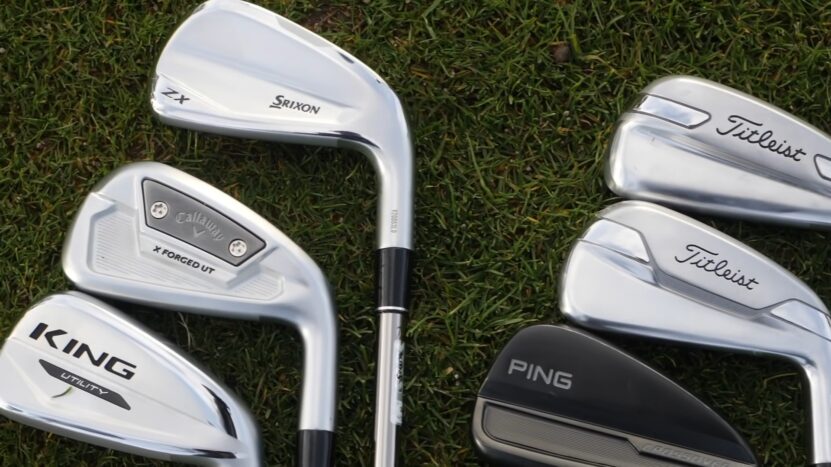
Utility irons, like all clubs, come with their own set of advantages and disadvantages. On the pro side, they offer excellent versatility, making them useful in a variety of scenarios on the course. Their design provides high launch and forgiveness, making them particularly beneficial for golfers with moderate to slow swing speeds.
The cons of utility irons mainly revolve around their reduced workability and distance compared to driving irons. They offer less control to shape shots, and while they can provide decent distance, they typically won’t match the distance potential of a well-struck driving iron.
Additionally, while their larger clubhead can inspire confidence for some players, others might find it visually less appealing than the sleeker design of a driving iron. As always, individual preference plays a significant role here.
Pros and Cons of Driving Irons
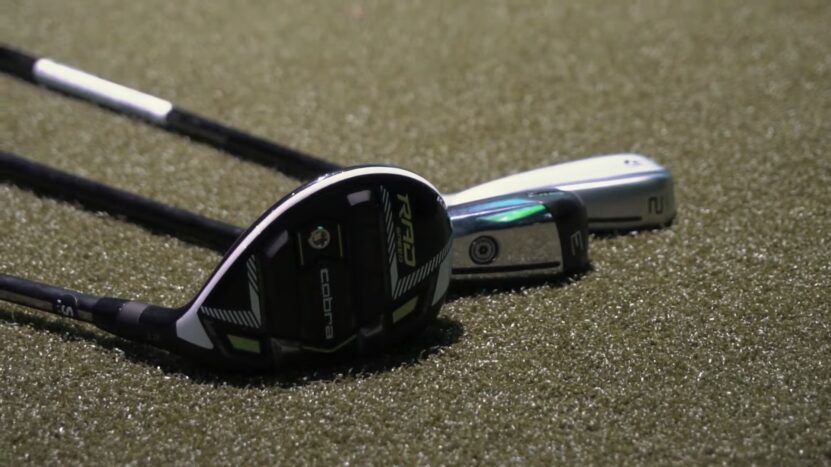
Driving irons, by contrast, are lauded for their distance potential and shot-shaping capabilities. Their lower launch and spin can also make them a powerful weapon in windy conditions. For skilled players with high swing speeds, they offer a potent combination of distance and accuracy.
However, these irons come with their own set of challenges. They demand a higher skill level to use effectively and offer less forgiveness on off-center hits compared to utility irons. Their compact design, while visually appealing to many, can seem intimidating to less experienced players.
Again, it’s all about finding the right tool for your particular game. If you have the skill to leverage the strengths of a driving iron, it can be a valuable asset in your bag. If not, a utility iron might serve you better.
Final Words
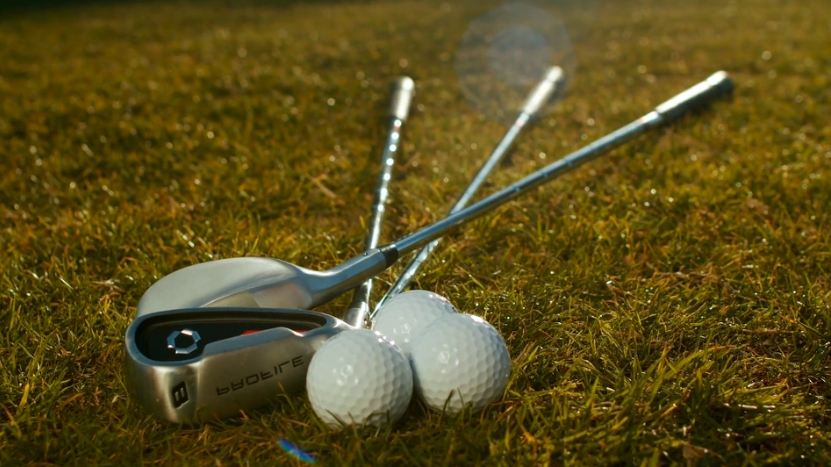
Understanding the differences between utility and driving irons is crucial in making an informed decision on which club best suits your game. Both clubs have unique strengths that can enhance your performance under different circumstances.
If you value versatility, high launch, and forgiveness, a utility iron could be your go-to tool. Conversely, if you prefer control, distance, and the ability to shape shots, a driving iron would likely be more appealing.
Discover valuable insights and techniques for optimizing your iron performance, including a detailed tutorial on effectively utilizing lead tape.
Remember, the ultimate goal is to optimize your game. Choose the club that gives you the most confidence and fits your playing style and course conditions. After all, confidence in your club selection is a crucial step toward improved performance on the course.

